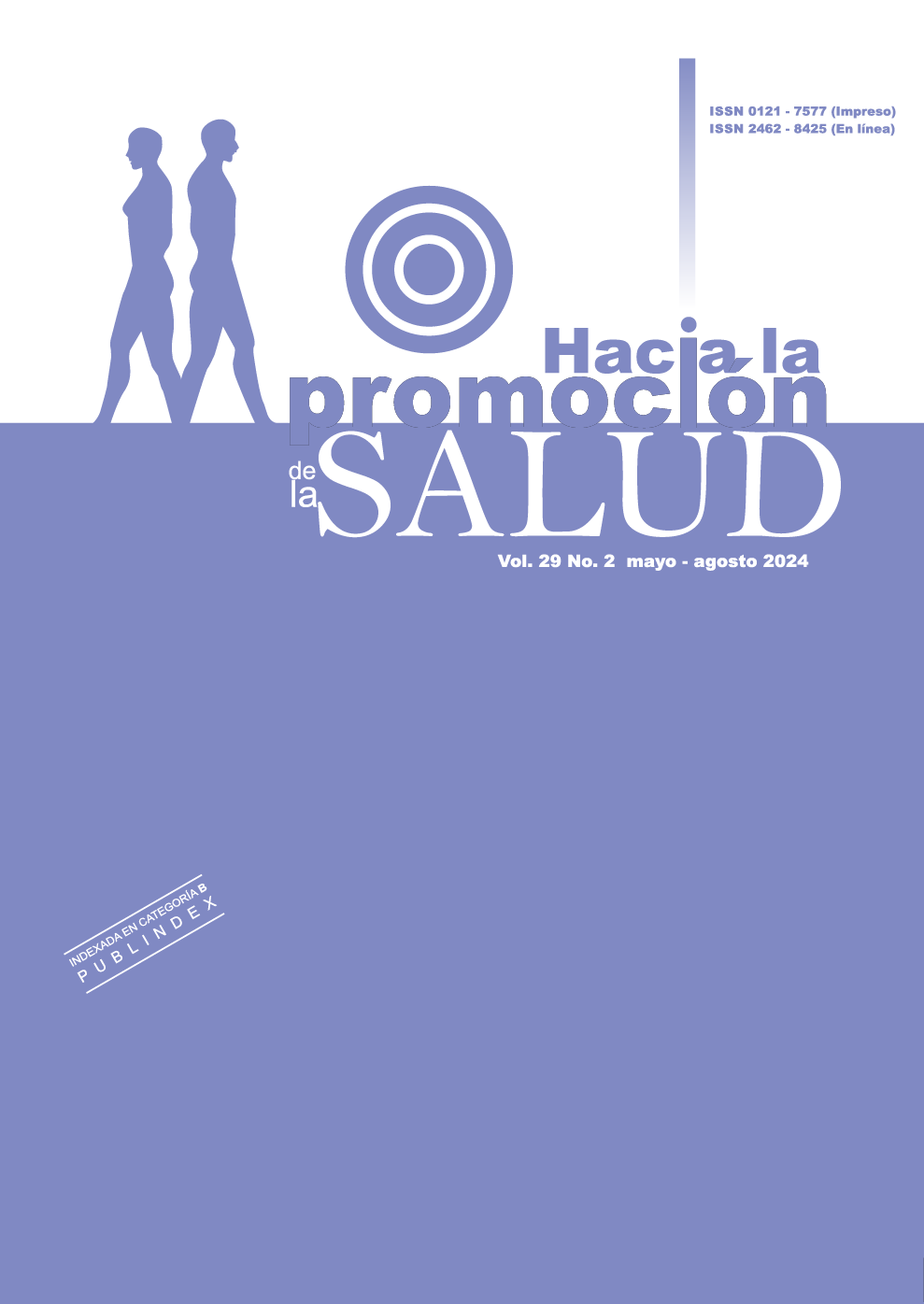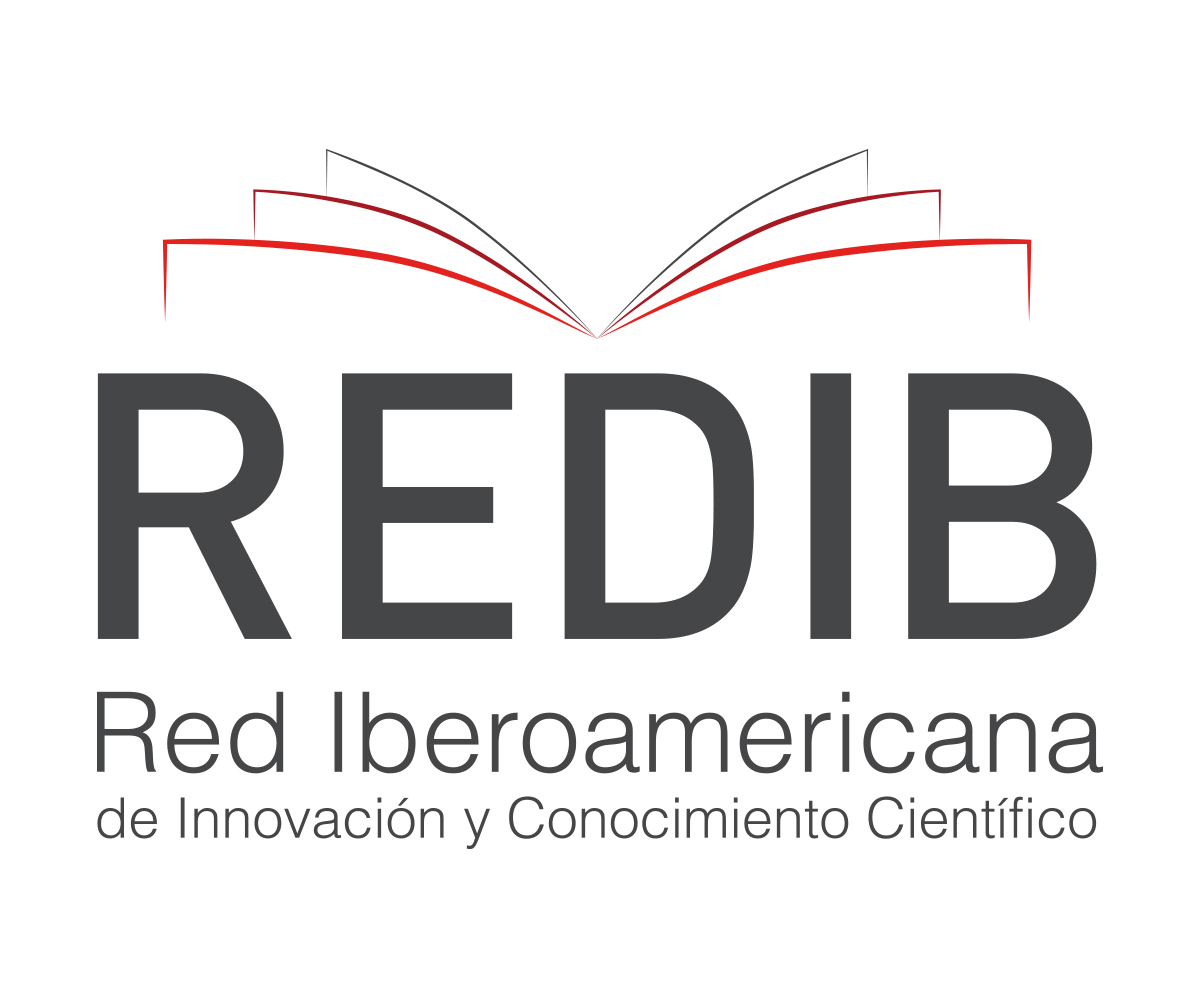Authors
Abstract
Objective: To understand the meanings that patients diagnosed with porphyria attribute to the experience of living with this disease. Methodology: A qualitative study with a phenomenological focus. The sample consisted of ten women from Medellin, aged between 24 and 44, diagnosed with porphyria for at least four years. Information was collected through semi-structured interviews lasting 60 to 90 minutes, conducted after obtaining informed consent approved by the Ethics Committee of the Faculty of Communications at the University of Antioquia. Data analysis was carried out in three phases: 1) description of the phenomenon under study; 2) consolidation of the emerging themes through data integration; 3) comparison of themes with findings from other studies. Results: Three themes emerged: 1) manifestation of the disease; 2) interpersonal relationship of participants with porphyria, including the sub-themes of mistreatment and support; and 3) living with the disease: autonomy, spirituality, or dependence. Autonomy refers to the conscious management of the disease; spirituality reflects finding meaning inn suffering a connection to a universal force; and dependence represents succumbing to the constraints of porphyria. Although one way of coping with porphyria may dominate, the other are not excluded. interactions with others play a fundamental role in constructing meaning around the diagnosis. Conclusion: intense pain and frustration may decrease when healthcare professionals provide guidance, understanding, and support. This helps participants learn about the disease and adapt to the lifestyle changes it requires.
References
Batista I, Rago M. Porfiria: Presentación de dos casos de Porfiria aguda intermitente en emergencia y revisión del tema. Revista Biomedicina. 2011; 6(3): 6-18.
Gómez J, Abdomen. Sepdoquirúrgico por Porfirití - Presentación de 4 Casos. Revista Médica Hondureña. 1960; 28(3): 89-113.
Flórez A, Arias M. Vivir con epilepsia: significados construidos por las personas que padecen la enfermedad. Av Enferm. 2017; 35(3): 255-265.
Grady P, Gough L. El automanejo de las enfermedades crónicas: un método integral de atención. Revista Panam Salud Pública. 2015; 37(3).
Rizo M. Comunicometodología y comunicación interpersonal. Presencias y ausencias en la comunicología mexicana. Razón y Palabra. 2009; 67.
Rizo M. Comunicación interpersonal y comunicación intersubjetiva. Algunas claves teóricas y conceptuales para su comprensión. Anuario electrónico de estudios en Comunicación Social. 2014; 7(2).
Hernández Y, Galindo R. El concepto de intersubjetividad en Alfred Schutz. Espacios públicos. 2010; 10(20).
Libreros L. El proceso salud enfermedad y la transdisciplinariedad. Revista Cubana de Salud Pública. 2012;38(4): 622-628.
Álvarez J. Cómo hacer investigación cualitativa; fundamentos y metodología. Marcos referenciales interpretativos. [Internet]. 2009; 41-63 https://bit.ly/2YdLJ5K
Taylor J, Bogdan R. Introducción a los métodos cualitativos. Ediciones Paidós. 2000.
Trejo F. Fenomenología como método de investigación: Una opción para el profesional de enfermería. Enfermería neurológica. 2012; 11(2): 98-101.
Bayés R. Psiconeuroinmunología, salud y enfermedad. Cuadernos de Medicina Psicosomática. Barcelona. [Internet]. 1994; 30: 28-34. https://bit.ly/3hC1FtL
Fricker M. Conceptos de injusticia epistémica en evolución. Las Torres de Lucca. Revista internacional de filosofía política. 10(19): 97-103.
Cuba M, Campuzano J. Explorando la salud, la dolencia y la enfermedad. Rev Med Hered.[Internet].2017; 28: 116-121. http://www.scielo.org.pe/pdf/rmh/v28n2/a08v28n2.pdf
Simões K, Souza E. Viviendo con una enfermedad crónica fatal: significados en una muestra brasileña. Universitas Psychologica. 2013; 12(1): 63-71.
Gómez O, Ospina J, Gerónimo J, Mejía E. Mis primeros años con lupus: una mirada desde la experiencia de la mujer joven. Revista Colombiana de Reumatología. 2021; 28(4): 245-254.


 PDF (Español)
PDF (Español)
 FLIP
FLIP



























